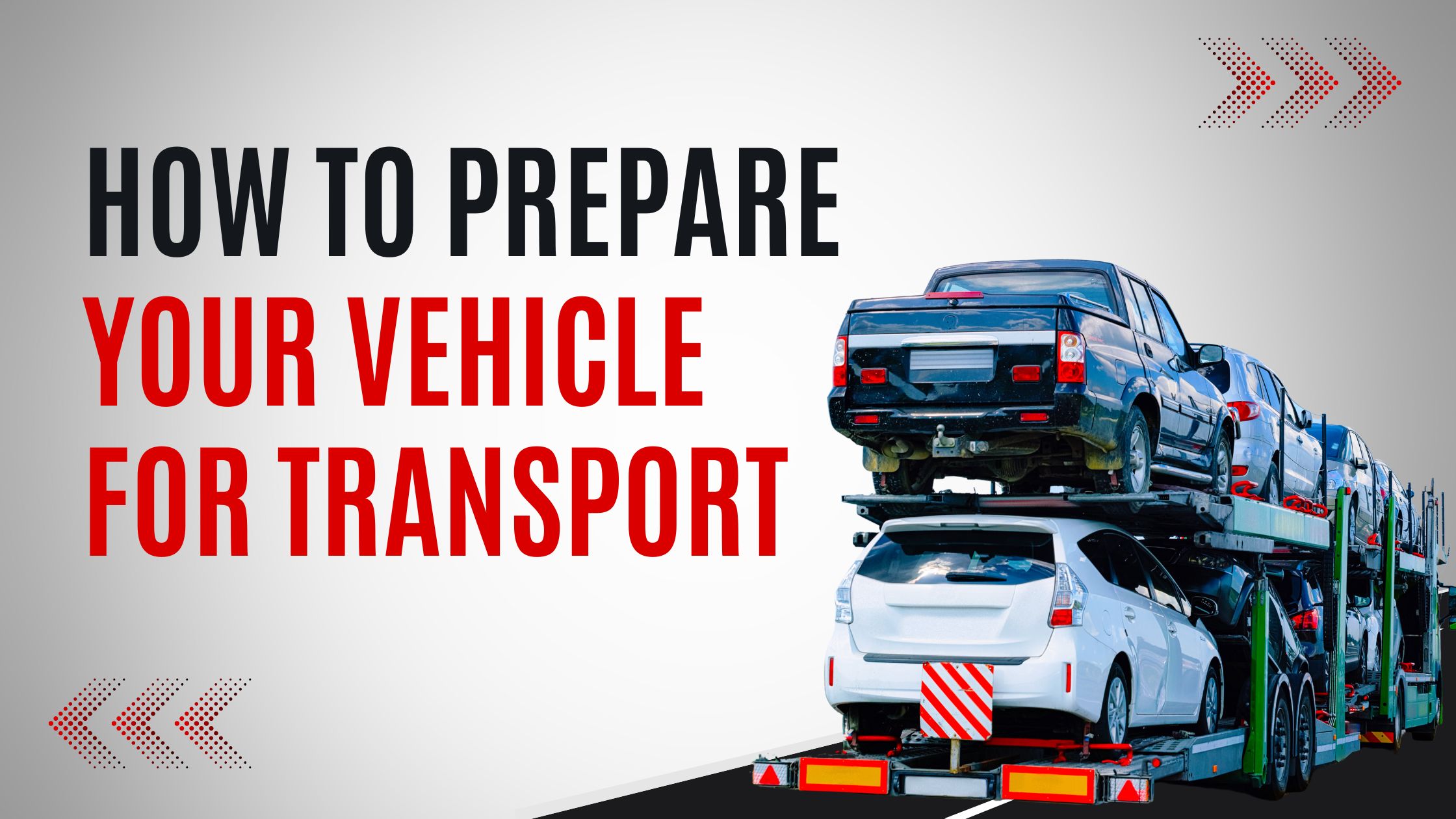Table of Contents
Transporting items by car in Rena Monrovia is convenient, but it requires thoughtful preparation to ensure safety, avoid legal issues, and protect your belongings. Whether it’s moving personal items, furniture, or equipment, taking the right steps can make the process smooth and stress-free. This guide will walk you through everything you need to know when transporting something by car in Rena Monrovia — from preparing your vehicle and securing your load to following local laws.
Let’s explore how to transport goods efficiently and safely, while avoiding common mistakes that could lead to accidents, fines, or damage to your car.
Step 1: Preparing Your Vehicle for Transport

Before you hit the road, ensure your vehicle is ready to handle the load. A bit of planning can prevent accidents, breakdowns, or issues during your trip.
Check Your Car’s Load Capacity
Every vehicle has a maximum load capacity, which includes passengers, luggage, and cargo. You can usually find this information in the owner’s manual or on the manufacturer’s website. Exceeding the limit can damage the suspension, affect handling, and increase wear on tires and brakes.
To stay safe, do not overload your vehicle. Stick to the weight guidelines to ensure your car remains stable throughout the journey.
Inspect Your Vehicle Before Loading
Make sure your car is in good working condition. Check the tire pressure, brakes, and fluid levels, as a heavier load affects the performance of your vehicle. Proper tire pressure is particularly crucial to handle the extra weight safely and avoid blowouts.
Additionally, check your mirrors and ensure you’ll have full visibility once the cargo is loaded.
Step 2: Securing Your Load Properly

Once you know your vehicle can handle the load, it’s time to secure it. Poorly secured cargo can shift or fall during transportation, leading to accidents or fines.
How to Secure Cargo Like a Pro
- Use Tie-Down Straps and Cargo Nets: For larger items like furniture or appliances, use heavy-duty ratchet straps to prevent movement. Smaller items can be secured with bungee cords or placed in containers with cargo nets to keep them in place.
- Distribute Weight Evenly: Load heavy items first and spread the weight evenly to maintain balance. Uneven weight distribution affects steering and braking, increasing the chances of accidents.
- Protect Fragile Items: Wrap delicate objects in blankets, foam, or bubble wrap. Place them in sturdy boxes and label them “FRAGILE” to remind yourself (or anyone helping) to handle them with care.
- Double-Check the Security: Pull on the straps to ensure they are tight. If you’re driving long distances, stop periodically to make sure nothing has shifted.
Step 3: Know Rena Monrovia’s Transportation Laws

Rena Monrovia has specific rules about transporting goods by car, especially for oversized loads. Knowing these rules will help you avoid legal trouble.
Key Regulations to Follow:
- Oversized Load Permits: If your cargo extends beyond the size of your vehicle, you may need to obtain a special permit. For example, if the items stick out from the rear or sides of your car, a red flag or marker may be required to alert other drivers.
- Obey Speed Limits: Heavier loads require more time to stop, so adhere to speed limits, especially on highways and residential roads.
- Vehicle Insurance: If transporting business equipment, check whether your insurance policy covers cargo. Some policies may require an add-on for goods in transit.
- Visibility Requirements: Ensure nothing obstructs your rearview mirror or windows. Clear visibility is essential for safe driving, especially when navigating busy areas of Rena Monrovia.
- Avoid Overloading: In addition to legal load limits, following these guidelines ensures your vehicle’s safety and protects you from fines.
Step 4: Plan Your Route Wisely

Transporting something by car in Rena Monrovia becomes easier when you have a solid route in mind. Good planning reduces delays and helps you avoid unexpected problems along the way.
Tips for Planning Your Route:
- Use GPS or Navigation Apps: Check your route for any road closures, detours, or weight restrictions. Some areas in Rena Monrovia might not be suitable for vehicles carrying heavy loads.
- Avoid Peak Traffic Hours: Driving with cargo during rush hour increases stress and can lead to accidents. Plan your trip during off-peak times to minimize congestion.
- Check for Height or Weight Restrictions: If your vehicle is loaded with tall items, be mindful of overpasses or low-clearance bridges.
- Monitor the Weather: Rain or strong winds can make driving more hazardous. If possible, plan your trip for a clear day to avoid weather-related complications.
Step 5: Drive Safely and Monitor the Load

Safe driving practices are essential when transporting something by car in Rena Monrovia. Handling a heavier vehicle takes more concentration, so be prepared to drive cautiously.
Driving Tips for Safe Transport:
- Increase Following Distance: Heavier vehicles need more time to stop, so maintain a larger gap between your car and the one in front of you.
- Use Your Mirrors Frequently: Check your mirrors often to monitor your load and ensure everything stays in place.
- Take Turns Slowly: Sharp turns with a heavy load can cause items to shift. Drive slowly through curves and avoid sudden maneuvers.
- Stop and Check Your Load: For long journeys, stop every couple of hours to inspect the cargo. Tighten any loose straps or adjust the load if necessary.
Efficiency Tips for Transporting Something by Car

Efficiency matters, especially if you want to save time, fuel, and effort. Here are some practical tips to make your transport more efficient:
- Travel Light: Only carry what’s necessary to reduce weight and improve fuel efficiency.
- Consolidate Trips: If you need to make multiple deliveries, plan the most efficient route to complete them all in one trip.
- Monitor Fuel Consumption: Heavier loads burn more fuel, so keep an eye on your fuel gauge and plan stops accordingly.
Why Following Rena Monrovia’s Transportation Guidelines Matters
Adhering to the transportation rules in Rena Monrovia ensures a smooth experience. Below are a few reasons why following the guidelines is essential:
- Safety Comes First: Properly securing your cargo protects you and others on the road. Loose or shifting loads can cause serious accidents.
- Avoid Fines and Legal Issues: Ignorance of the law is no excuse. Knowing the regulations will save you from hefty fines.
- Protect Your Vehicle: Overloading or improperly securing cargo can damage your car. Following the rules ensures your vehicle stays in good condition.
- Peace of Mind: Complying with local laws gives you confidence during your trip, so you can focus on driving without distractions.
Conclusion
Transporting something by car in Rena Monrovia doesn’t have to be complicated, but it does require some planning. By preparing your vehicle, securing your load, and following local regulations, you can make sure your journey is safe and hassle-free. Whether you’re moving furniture, business equipment, or personal belongings, each step in this guide will help you transport efficiently and legally.
Remember, careful planning and attention to detail go a long way in ensuring a smooth transport experience. So the next time you need to transport something by car in Rena Monrovia, follow these guidelines to protect your cargo, your car, and yourself. Safe travels!
FAQs on Transporting Goods by Car in Rena Monrovia
- What is the maximum load capacity for my vehicle?
- The maximum load capacity varies by vehicle make and model. You can typically find this information in your owner’s manual or on the manufacturer’s website. It’s essential to stay within this limit to ensure safe handling and prevent damage.
- What should I do if my cargo exceeds my vehicle’s dimensions?
- If your cargo is oversized, you may need to obtain a special permit from local authorities. Additionally, use proper signage or flags to alert other drivers about the oversized load.
- How can I secure my load to prevent shifting during transport?
- Use high-quality tie-down straps, bungee cords, or cargo nets to secure your load. Ensure the weight is evenly distributed and check the security periodically during your trip.
- Are there specific traffic laws I should be aware of while transporting goods?
- Yes, you must adhere to local traffic laws, including speed limits. Additionally, ensure your load does not obstruct your view or exceed legal weight and size restrictions.
- Do I need additional insurance for transporting goods?
- If you’re transporting goods for business purposes, it’s advisable to check if your vehicle insurance covers the transport of items. Some policies may require add-ons for business-related transport.
- What precautions should I take when transporting fragile items?
- Wrap fragile items in padding such as blankets, foam, or bubble wrap. Use sturdy boxes for additional protection, and clearly label them as “FRAGILE” to remind yourself and others to handle them with care.
- How often should I check my load during a long trip?
- It’s a good practice to stop and check your load every couple of hours, especially on long journeys. This allows you to tighten straps and ensure nothing has shifted.
- What should I do if the weather conditions are poor?
- Avoid transporting goods during severe weather conditions such as heavy rain, snow, or strong winds. If you must travel, drive cautiously and consider rescheduling if possible.
- How can I plan the best route for transporting goods?
- Use GPS or navigation apps to find the fastest and safest route. Consider avoiding routes with low-clearance bridges, heavy traffic, or road restrictions.
- What are the consequences of not following local transportation laws?
- Failing to comply with transportation regulations can lead to fines, legal complications, and increased risk of accidents. It’s crucial to understand and adhere to the laws to ensure safety and avoid penalties.






